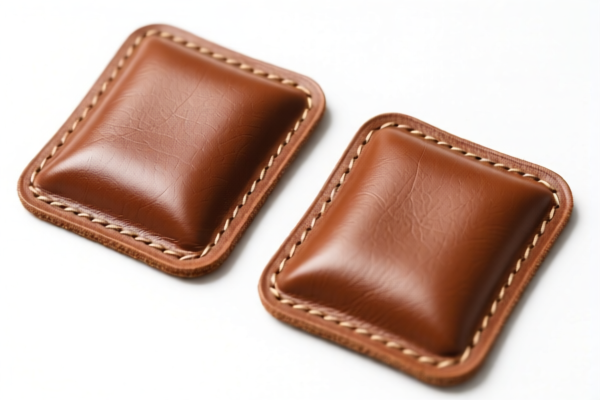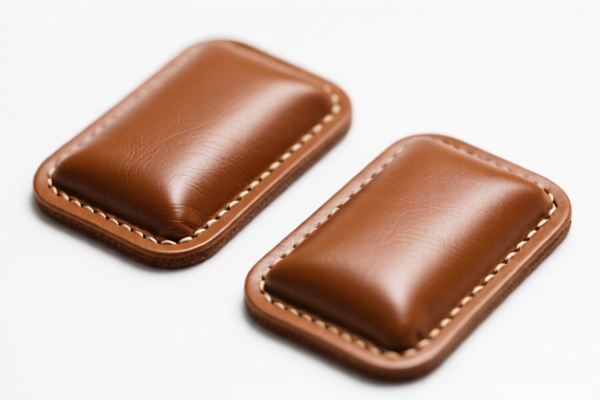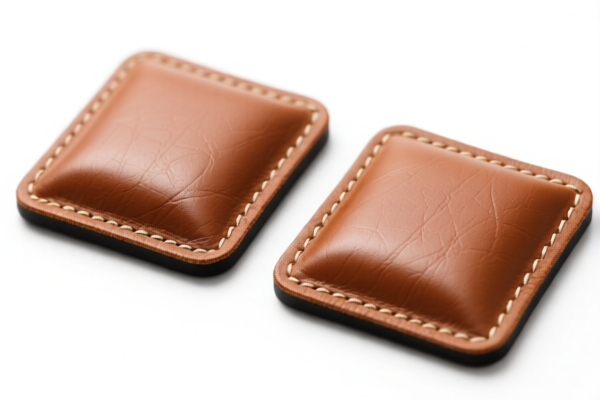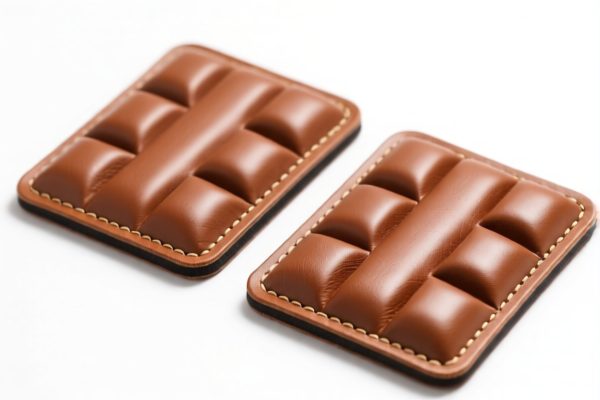| HS Code | Official Doc | Tariff Rate | Origin | Destination | Effective Date |
|---|---|---|---|---|---|
| 5601290090 | Doc | 59.0% | CN | US | 2025-05-12 |
| 5601300000 | Doc | 55.0% | CN | US | 2025-05-12 |
| 5603941010 | Doc | 55.0% | CN | US | 2025-05-12 |
| 5603941090 | Doc | 55.0% | CN | US | 2025-05-12 |
| 5602101000 | Doc | 67.0% | CN | US | 2025-05-12 |
| 5602109090 | Doc | 65.6% | CN | US | 2025-05-12 |
| 5911900080 | Doc | 58.8% | CN | US | 2025-05-12 |
| 5911900040 | Doc | 58.8% | CN | US | 2025-05-12 |
| 5906993000 | Doc | 58.3% | CN | US | 2025-05-12 |
| 5902900000 | Doc | 55.0% | CN | US | 2025-05-12 |
| 5903902000 | Doc | 55.0% | CN | US | 2025-05-12 |
| 5903903090 | Doc | 57.7% | CN | US | 2025-05-12 |
| 2508100000 | Doc | 55.0% | CN | US | 2025-05-12 |
| 2508400150 | Doc | 55.0% | CN | US | 2025-05-12 |
| 6806100010 | Doc | 58.9% | CN | US | 2025-05-12 |
| 6806900010 | Doc | 55.0% | CN | US | 2025-05-12 |
| 6811899000 | Doc | 55.0% | CN | US | 2025-05-12 |
| 6811820000 | Doc | 55.0% | CN | US | 2025-05-12 |
| 6815910011 | Doc | 55.0% | CN | US | 2025-05-12 |
| 6815994110 | Doc | 55.0% | CN | US | 2025-05-12 |
| 6114909070 | Doc | 35.6% | CN | US | 2025-05-12 |
| 3926904510 | Doc | 58.5% | CN | US | 2025-05-12 |
| 3920910000 | Doc | 59.2% | CN | US | 2025-05-12 |
| 3920995000 | Doc | 60.8% | CN | US | 2025-05-12 |
| 4008111000 | Doc | 55.0% | CN | US | 2025-05-12 |
| 4008115000 | Doc | 58.3% | CN | US | 2025-05-12 |
| 4016995500 | Doc | 57.5% | CN | US | 2025-05-12 |
| 4016993000 | Doc | 55.0% | CN | US | 2025-05-12 |




Shock Pad
A shock pad is a resilient layer installed beneath a sporting or playground surface to enhance shock absorption, improve safety, and increase comfort. They are commonly used in synthetic turf systems and poured-in-place rubber surfaces.
Material
Shock pads are manufactured from a variety of materials, each offering different performance characteristics:
- Polyurethane Foam: The most common type, offering excellent shock absorption, durability, and consistent performance. Density and thickness variations cater to different impact requirements.
- SBR (Styrene-Butadiene Rubber) Granules: Recycled tire rubber, a cost-effective option, though generally provides lower shock absorption compared to polyurethane. Often used as a base layer.
- EPDM (Ethylene Propylene Diene Monomer) Rubber: A synthetic rubber offering good durability and UV resistance. Can be used in granulated form or as a solid sheet.
- Cork: A natural and sustainable option, providing good shock absorption and drainage properties. Increasingly used in artificial turf for sports fields.
- EVA (Ethylene-Vinyl Acetate) Foam: Lightweight and cost-effective, but generally less durable than polyurethane or SBR.
Purpose
The primary purpose of a shock pad is to mitigate the impact force experienced by users of the surface. This serves several key functions:
- Injury Prevention: Reduces the risk of impact-related injuries such as concussions, fractures, and joint pain.
- Improved Comfort: Enhances player comfort, allowing for longer playing times and reduced fatigue.
- Performance Enhancement: Can improve ball bounce characteristics and overall playing quality.
- Surface Longevity: Provides a cushioning layer that protects the underlying base layer from wear and tear, extending the lifespan of the overall system.
- Drainage: Some shock pads are designed with drainage channels to prevent water accumulation and maintain a safe playing surface.
Function
Shock pads function by:
- Energy Absorption: Deforming under impact to absorb kinetic energy.
- Force Distribution: Spreading the impact force over a wider area.
- Rebound Characteristics: Returning energy to provide a responsive surface. The specific rebound characteristics are tailored to the intended application.
- Shock Attenuation: Reducing the transmission of impact force to the athlete's body.
Usage Scenarios
Shock pads are utilized in a wide range of applications:
- Artificial Turf Sports Fields: Football, soccer, rugby, baseball, hockey, and multi-sport facilities.
- Playgrounds: Underneath rubber tiles or poured-in-place rubber surfacing.
- Gyms and Fitness Centers: Underneath weightlifting platforms or in areas with high-impact activities.
- Running Tracks: To provide cushioning and improve performance.
- Indoor Sports Facilities: Basketball courts, volleyball courts, and other indoor surfaces.
- Balconies and Terraces: As a safety surface to reduce impact from falls.
Common Types
- Roll Goods: Polyurethane foam pads supplied in rolls, easy to install and adaptable to various surface shapes.
- Tiles: Rubber tiles with an integrated shock pad layer, offering a modular and easily replaceable system.
- Poured-in-Place (PIP): A shock pad layer created by pouring a liquid rubber mixture onto a base surface and allowing it to cure. Allows for custom designs and seamless surfaces.
- Underlayment Pads: Thin pads used under interlocking tile systems to provide additional cushioning.
- Sprayed Pads: Applied as a liquid and cured in place, offering a customizable and seamless solution.
Based on the provided information, “shock pad” can be associated with several HS codes, primarily relating to rubber or plastic materials used for vibration control and cushioning. Here's a breakdown of relevant codes:
- 4008.11.10.00: This HS code falls under Chapter 40: Rubber and articles thereof, specifically Heading 4008: Plates, sheets, strip, rods and profile shapes, of cellular rubber. The Subheading 4008.11.10.00 denotes Plates, sheets and strip: Of natural rubber. This would apply to shock pads made from natural rubber.
- 4008.11.50.00: Also within Chapter 40, Heading 4008, this code specifies Plates, sheets and strip: Other. This applies to shock pads made from cellular rubber materials other than natural rubber.
- 4016.99.55.00: This HS code is under Chapter 40: Rubber and articles thereof, Heading 4016: Other articles of vulcanized rubber other than hard rubber. The Subheading 4016.99.55.00 refers to Other: Other: Other: Vibration control goods of a kind used in the vehicles of headings 8701 through 8705. This code is applicable to shock pads specifically designed for vibration control in vehicles.
- 4016.99.30.00: Also within Chapter 40, Heading 4016, this code specifies Other: Other: Other: Of natural rubber: Vibration control goods of a kind used in the vehicles of headings 8701 through 8705. This applies to shock pads made from natural rubber and used for vibration control in vehicles.
Regarding HS code 4016.99.55.00 and 4016.99.30.00, it's important to note that these codes specifically relate to vibration control goods used in vehicles (headings 8701 through 8705). If the shock pads are not intended for use in vehicles, these codes may not be appropriate.
It is also important to consider the material composition of the shock pad. If the shock pad is made from cellular rubber, codes 4008.11.10.00 or 4008.11.50.00 may be more appropriate. If the shock pad is made from other types of vulcanized rubber, other codes within Chapter 40 may be relevant.
Customer Reviews
No reviews yet.